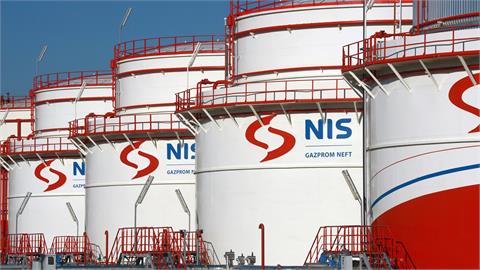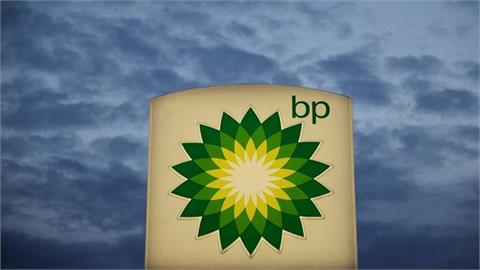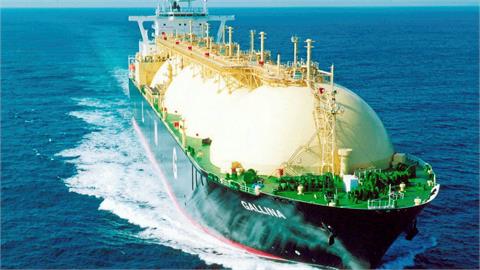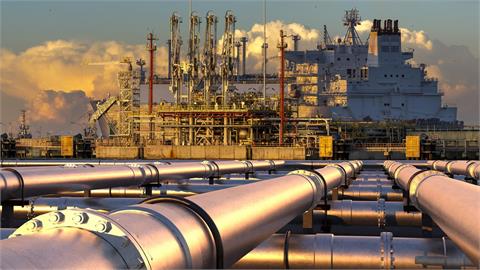Turkey's energy imports are estimated to decrease by $12 billion and inflation is set to decline by 0.5%-1% if crude prices average between $35 and $45 this year, experts told Anadolu Agency on Wednesday. As crude oil prices plummeted around 30% on Monday to reach their lowest level in four years, questions now arise on how the economies and budgets of oil-importing countries will be affected.
Due to the decline in crude prices, Turkey's gasoline prices decreased by 0.6 Turkish liras ($0.097) and diesel prices by 0.55 liras ($0.089) from Tuesday midnight onwards. "The decline in gasoline and diesel prices could lower inflation by 0.5 basis points," Anadolu Agency Finance Analyst Haluk Burumcekci said.
"Oil prices averaged $65 per barrel in 2019. If they average $45 a barrel in 2020, which is $20 a barrel lower than the previous year, Turkey's energy import bill will fall by $12 billion this year compared to 2019 when it was over $40 billion," he said. Prof. Dr. Erhan Aslanoglu, vice president of Piri Reis University in Istanbul, said the oil price decline would have a positive impact on Turkey’s current account balance and inflation.
"Under the assumption that Turkey's gross domestic product (GDP) would be 5% this year, the hypothesis is that every $10 a barrel decline in crude prices would shrink the current account deficit by $4 billion. That said, I expect that a $20-per-barrel decline in oil prices would lower the current account deficit by $7-$8 billion," he explained.
Aslanoglu added that he estimates inflation in Turkey will decline by 0.5 to 1 basis point in 2020 due to low oil prices.
- "Inflation to drop by 1% if oil stays at $35"
Sefer Sener, a professor at Istanbul University Economics Department, noted that Turkey spent around $17 billion in 2019 for 263 million barrels of oil it imported. "If we presume that the same amount of oil will be imported in 2020, an average oil price of $35 a barrel this year would mean $8 billion less expenditure on oil imports," he said.
"This will also bring down inflation by approximately 1% if oil prices stay at around $35 per barrel," he added. Artem Abramov, head of Shale Research at Norway-based independent energy research and consulting firm Rystad Energy, argued that it is possible to see lower prices for longer for many months.
"There is uncertainty now in the market and the overall sentiment is towards the negative. This means that we might see prices going even lower in the next few days or weeks," he said. Abramov said there is still the probability that Saudi Arabia-led OPEC and Russia-spearheaded non-OPEC could meet again in future to discuss the situation in the global oil market.
Given that Rystad Energy expects Brent crude to average around $30 per barrel until the end of the second quarter, he said the consulting firm expects some new discussions between OPEC and Russia, which will push Brent over $40-$45 by the end of the year. "We would expect OPEC to restore some discussion, but it would politically look very weird if they now go back to the discussions immediately," he explained.
"The most important implication from this price collapse is that the market will lose faith in any kind of future OPEC production agreement because we saw that the alliance which lasted three years ended basically in a few hours," he added.
- "Six to nine-month impact on US shale"
Since Riyadh and Moscow formed the OPEC+ alliance in December 2016, oil-producing member countries have cut their production levels three times to support crude prices. However, this strategy mainly helped high-cost U.S. shale oil producers, Abramov contended.
"For U.S. shale, overall, it takes around six to nine months before you start seeing some impact of low oil prices. The most immediate impact will be that we won't see much growth in the second half of the year. Then, in the fourth quarter, we'll start seeing significant production declines from the U.S.," he said.
He noted that Russia needs at least $40 per barrel in order to balance its budget, while its fiscal breakeven is around $40 at the moment, adding that both Russia and Saudi Arabia are comfortable as long as they achieve $45-$50 per barrel.
"But it's impossible to go much above that, because then you trigger too much activity in U.S. shale and too much growth in the market towards oversupply. And, we do have the impact of coronavirus on the global oil demand, and it remains to be seen how it will be," he added.
Phil Flynn, a senior market analyst from Chicago-based futures brokerage firm Price Futures Group, said there could be bankruptcies in some U.S. oil companies because of high debt and low oil prices. "We will not see high prices until the final quarter of 2020. When central banks' new stimulus kicks in to revive economies, then we can see $45-$50 per barrel range once again," he asserted. "Oil prices of around $40 will be the new normalcy for the most part of this year," he added.
Anadolu Agency



